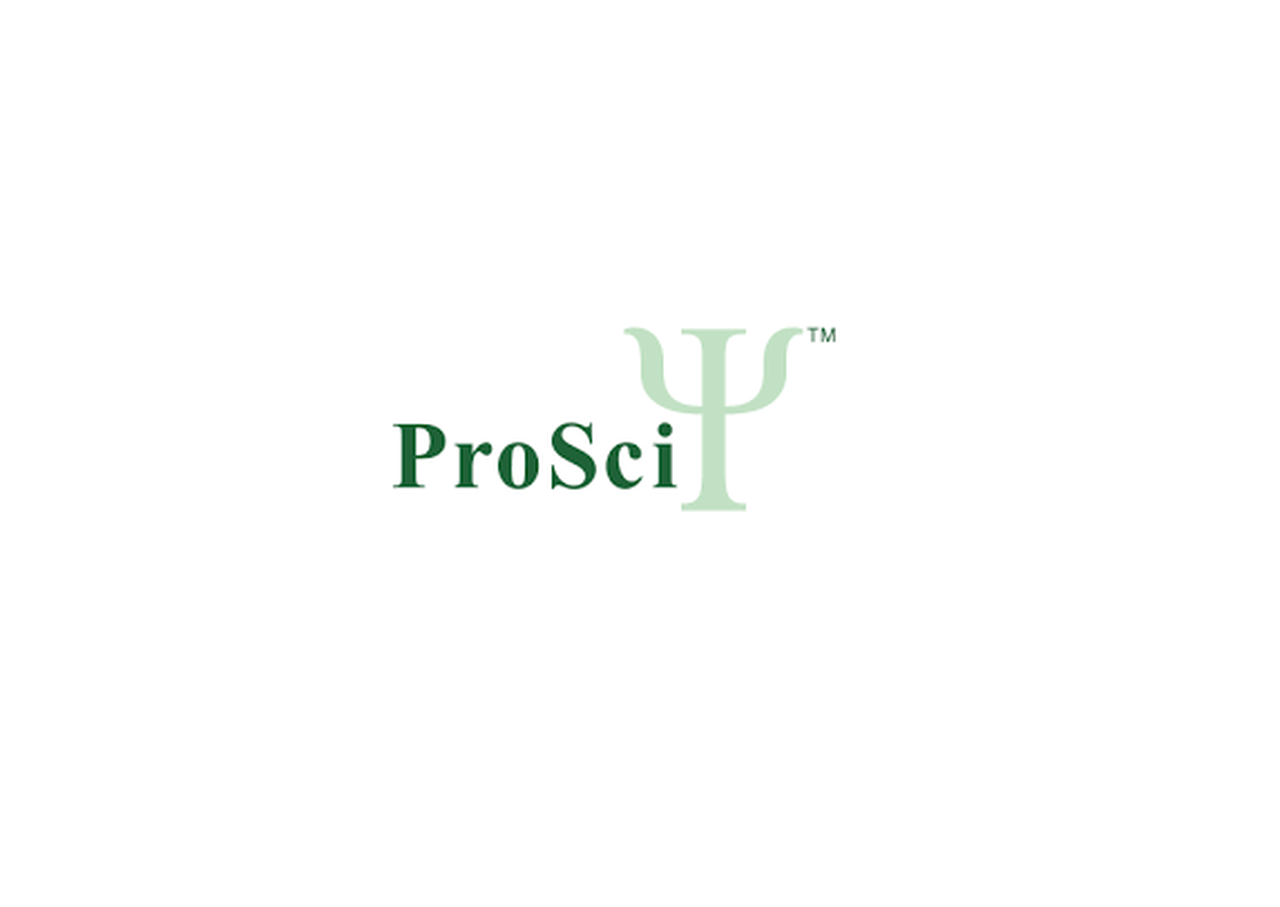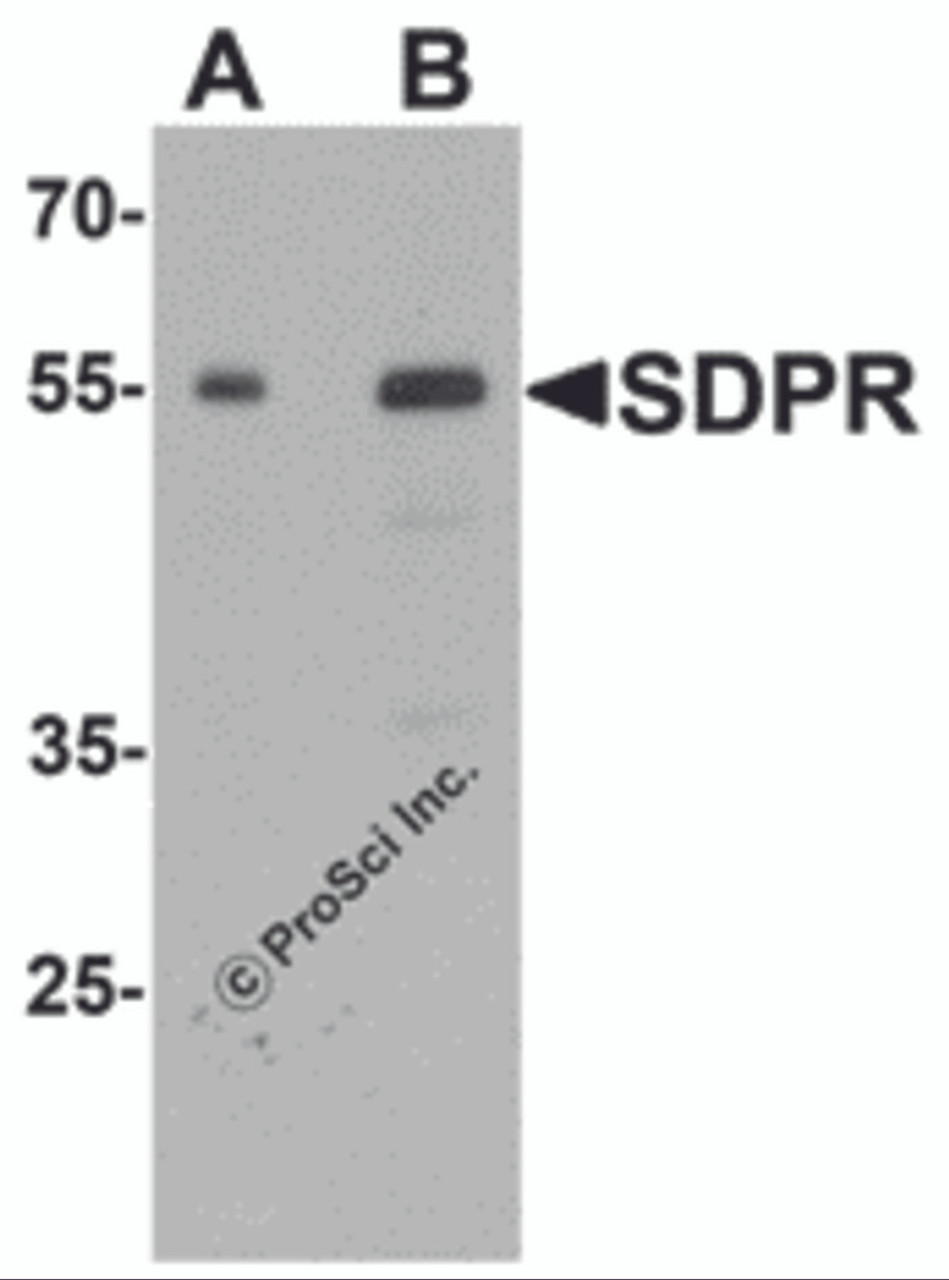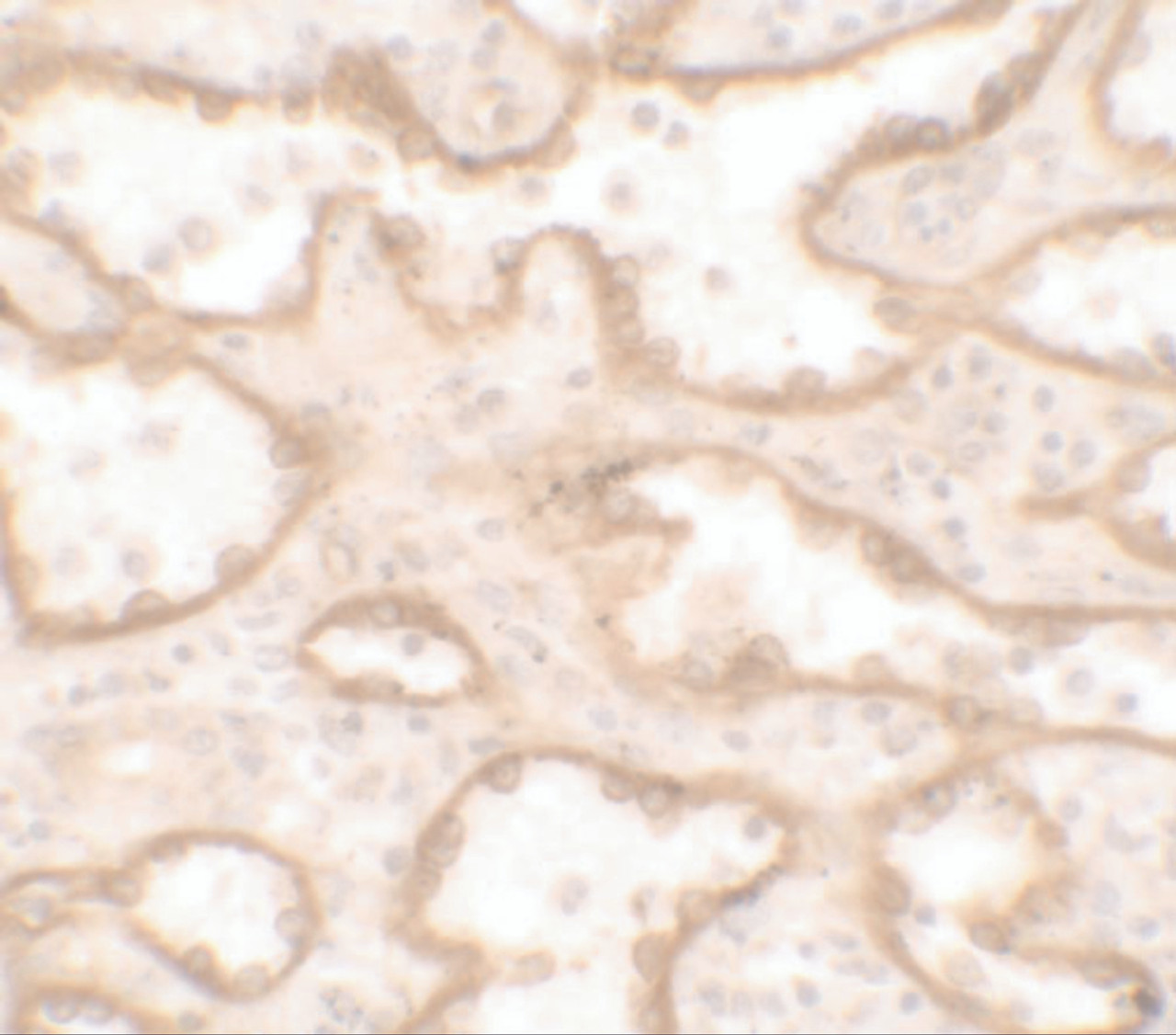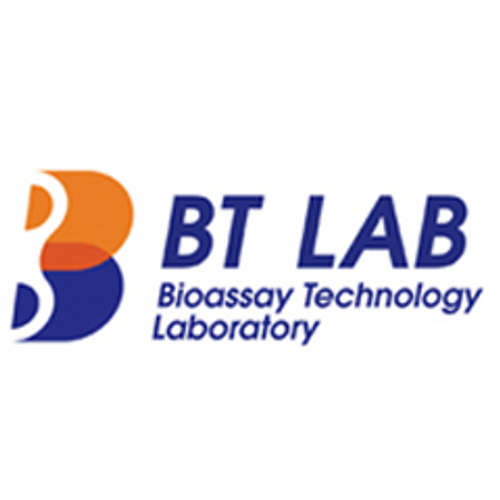Product Description
PTRF Antibody | 7267 | ProSci
Host: Rabbit
Reactivity: Human
Homology: Predicted species reactivity based on immunogen sequence: Rat: (95%) , Mouse: (95%)
Immunogen: Rabbit polyclonal PTRF antibody was raised against a 19 amino acid peptide near the carboxy terminus of human PTRF.
The immunogen is located within amino acids 270 - 320 of PTRF.
Research Area: Cancer, Cell Cycle
Tested Application: E, WB, IHC-P, IF
Application: PTRF antibody can be used for detection of PTRF by Western blot at 0.5 - 1 μg/mL.
Antibody validated: Western Blot in human samples; Immunohistochemistry in human samples and Immunofluorescence in human samples. All other applications and species not yet tested.
Specificiy: At least three isoforms of PTRF are known to exist; this antibody detects all three isoforms. It is predicted to not cross-react with other members of the cavin family.
Positive Control 1: Cat. No. 1306 - Human Spleen Tissue Lysate
Positive Control 2: Cat. No. 10-901 - Human Spleen Tissue Slide
Positive Control 3: N/A
Positive Control 4: N/A
Positive Control 5: N/A
Positive Control 6: N/A
Molecular Weight: 43 kDa
Validation: N/A
Isoform: N/A
Purification: PTRF Antibody is affinity chromatography purified via peptide column.
Clonality: Polyclonal
Clone: N/A
Isotype: IgG
Conjugate: Unconjugated
Physical State: Liquid
Buffer: PTRF Antibody is supplied in PBS containing 0.02% sodium azide.
Concentration: 1 mg/mL
Storage Condition: PTRF antibody can be stored at 4˚C for three months and -20˚C, stable for up to one year.
Alternate Name: PTRF Antibody: CGL4, CAVIN, CAVIN1, FKSG13, cavin-1, Polymerase I and transcript release factor, Cavin-1
User Note: Optimal dilutions for each application to be determined by the researcher.
BACKGROUND: PTRF Antibody: The polymerase I and transcript release factor (PTRF) enables the dissociation of paused ternary polymerase I transcription complexes from the 3' end of pre-rRNA transcripts, regulating rRNA transcription by promoting the dissociation of transcription complexes and the re-initiation of polymerase I on nascent rRNA transcripts. PTRF also localizes to caveolae at the plasma membrane and is thought to play a critical role in the formation of caveolae and the stabilization of caveolins, translocating from caveolae to the cytoplasm after insulin stimulation. PTRF is also thought to modify lipid metabolism and insulin-regulated gene expression. Mutations in this gene result in a disorder characterized by generalized lipodystrophy and muscular dystrophy.
 Euro
Euro
 USD
USD
 British Pound
British Pound
 NULL
NULL












